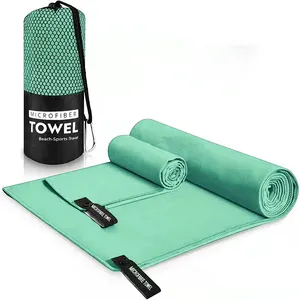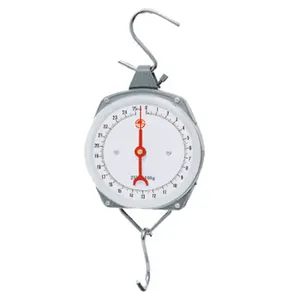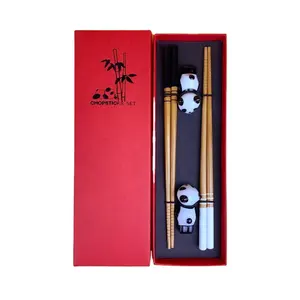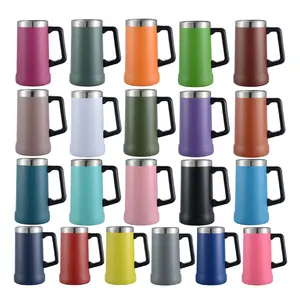Popular in your industry






































































Related Searches:












































































































































Top categories
About fabric for raincoat
Fabric for Raincoat: An Essential Guide
When it comes to selecting the appropriate material raincoat manufacturers use, understanding the variety and functionality is key. Raincoat fabric is not just a single entity but a category that encompasses a range of materials designed to keep the wearer dry and comfortable. Among these, fabric for raincoat is a term that often refers to textiles that offer water resistance and durability.
Types of Raincoat Materials
Diverse materials are used to craft raincoats, each with unique properties. Nylon raincoat options are prevalent due to their strength and lightweight nature, making them a practical choice for both everyday wear and outdoor activities. Gore Tex raincoats, known for their exceptional waterproof and breathable fabric, cater to those seeking high-performance gear. For a more traditional approach, wax cotton raincoat varieties provide robust protection with a classic aesthetic. The innovation doesn't stop there; raincoat with flannel lining offers an added layer of warmth, suitable for colder climates.
Applications and Features
The application of raincoat material extends beyond just outerwear. Waterproof fabric for raincoat is also integral in creating accessories such as hoods, hats, and protective gear. Features of these fabrics include water repellency, wind resistance, and a breathable nature to ensure comfort. Wool raincoat fabrics blend the water-resistant qualities of wool with a touch of elegance and warmth, making them a sophisticated choice for professional settings.
Advantages of Synthetic Raincoat Fabrics
Synthetic materials like polyester offer several advantages. They are often used in polyester raincoat production due to their resilience and ease of maintenance. These fabrics resist shrinking and stretching, maintaining their shape through varied weather conditions. Additionally, synthetic fibers are adept at color retention, ensuring that the raincoats remain vibrant over time.
Environmental Considerations
With growing environmental concerns, the textile industry has seen a shift towards sustainable practices. Recycled materials are now frequently used in creating raincoat fabric name options, offering an eco-friendly alternative without compromising on quality or performance. Fabrics like recycled nylon rainwear and gore tex rainwear not only support sustainability but also provide the durability and protection expected from high-quality raincoats.
Choosing the Right Raincoat Fabric
When selecting a raincoat material fabric, it's important to consider the specific needs of the end-user. Whether it's for casual wear, outdoor exploration, or professional use, the right fabric can make a significant difference in comfort and protection. From the sleek and modern waterproof raincoat material to the timeless appeal of treated cotton, the options are vast and varied on Alibaba.com.











































